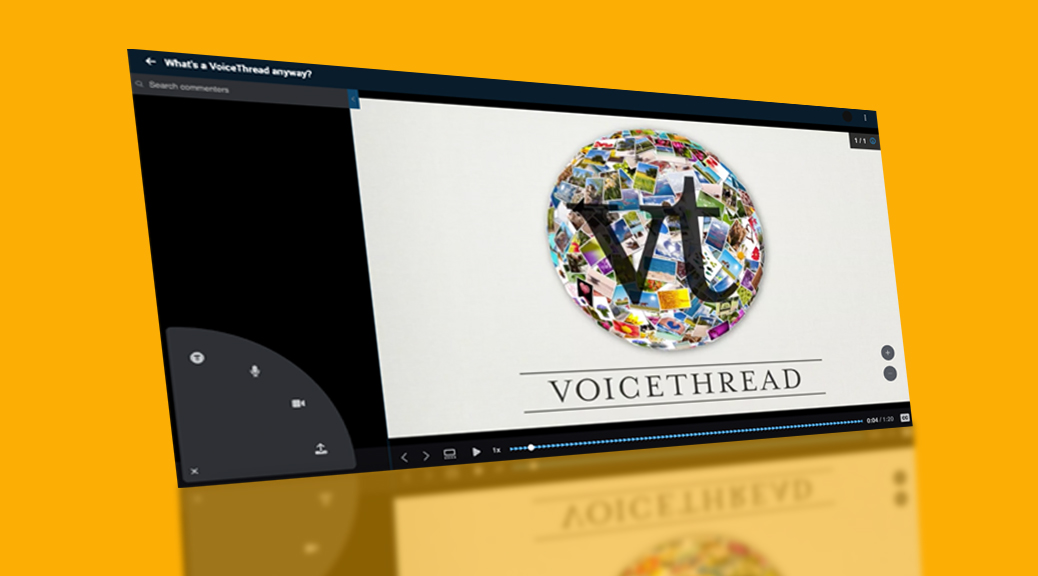
Empowering learners to work in community: Designing for collaborative learning
Collaboration, teamwork, community: these terms are familiar across disciplines and industries, and often, they reflect organizational values and goals. Collaboration is supposed to be a worthwhile practice for the benefit of the stakeholders involved.
And yet, why do students dread group projects? As a lifelong student and instructor of adult learners, let’s together consider the dynamics of a typical group: one or two students do most of the work, one disappears from group communications until the day before a deadline due to unforeseen circumstances, and the less dominant members offer contributions that are either dismissed or less prioritized by the self-appointed group leaders.
As an instructor or one possessing instructional design responsibilities for learning, there are ways to facilitate collaboration for students that might avoid common pitfalls to meaningful and equitable peer exchange. This includes student-to-instructor exchange, as a common approach to online learning via prerecorded lectures and auto-graded feedback leaves students without a feeling of human connection or presence—hardly collaborative.
Collaborative learning and learning design
Continuing a keywords-inspired approach of unpacking a learning design referent to extract pedagogical and practical applications, let’s take on the subject of collaborative learning design.
The way I refer to collaborative learning is inspired by my time in writing center work and composition studies, namely Andrea Lunsford’s (1991) article “Collaboration, Control, and the Idea of a Writing Center.” Lunsford’s work on collaboration and learning has found collaboration to engage students and encourage active learning; lead to higher academic achievement; support deeper critical thinking; and lead to deeper understanding of others (p. 5). Such collaboration is not synonymous with lack of direction, support, or inclusion for its members.
Research-based keys to collaborative learning
Both the Center for Applied Special Technology (CAST) and the Online Learning Consortium (OLC) offer research-based support for collaboration. Below are some synthesized findings between a learning design perspective, student perspectives for collaborative learning, and a renewed approach to inclusive teaching. Insights are lifted from the CAST Universal Design for Learning Guidelines, the 2024 OLC Report, “Empowering Change Together: Student Perspectives on Quality Online, Digital, and Blended Learning,” and insights from the Inclusive Teaching in STEM course faculty edX.
Sustain engagement through careful learning community. According to CAST (2018), learners in the 21st century “must be able to communicate and collaborate within a community,” as such mindfully structured peer work can “significantly increase the available support for sustained engagement.” Student feedback highlighted the desire for community in online learning environments, as well as faculty responsibility for fostering class participation in such a way that acknowledged social challenges from not being in a physical classroom (OLC, 2024, p. 12). For instructors stuck with a lack of engagement, defining peer roles, expectations, and means for providing one another with feedback instills a sense of responsibility in one another’s learning and success.
Create a culture of collaboration by enabling learners to be active agents in designing their learning. UDL Checkpoint 8.3: Foster collaboration and community specifies a strategy to “Create cooperative learning groups with clear goals, roles, and responsibilities.” The OLC finds that students also “want to be consulted as co-creators of community and DEI strategy,” moving beyond buzzwords to adaptable, actionable frameworks for practice (p. 13). A course lends itself as a space to facilitate a community of practice that rises out of a body of theory or aligned with learning goals. Allowing each member of a course community to co-design their individual roles and recognize their own commitments to the greater whole helps to build rapport while learning.
Collaborative learning tool spotlight: VoiceThread
Learning tools designed to facilitate feedback and collaboration can help instructors save time on designing technical logistics for student activities. Some tools also offer multiple modes of engaging dialogue and feedback between members.
Though several learning tools may overlap in learning activity type, such as written discussions or conversations, few offer specifically collaborative engagement adaptable for a variety of activities as much as VoiceThread. With the new user interface to be fully implemented by this June, VoiceThread also offers a more accessible tool for learners to engage in collaborative learning. VoiceThread facilitates multimodal means for members to give one another feedback, including written, audio, and video commenting.
Learning design for collaboration
Let us also not forget Lunsford’s (1991) warning of collaboration misconstrued in pedagogical application, where such can “masquerade as democracy when it in fact practices the same old authoritarian control” (p. 3-4). Collaborative learning design must be careful and clear in its aim to empower students to take part in constructing their learning contexts and sense of community.
CAST (2018). Universal Design for Learning Guidelines version 2.2.
Retrieved from http://udlguidelines.cast.org
Lunsford, A. (1991). Collaboration, Control, and the Idea of a Writing Center. The Writing Center Journal, 12(1), 3–10. http://www.jstor.org/stable/43441887
Weber, N.L. & Gay, K. (2024). Empowering change together: Student perspectives on quality
online, digital, and blended learning. Online Learning Consortium.
Image credit: Photo by Brooke Cagle on Unsplash

